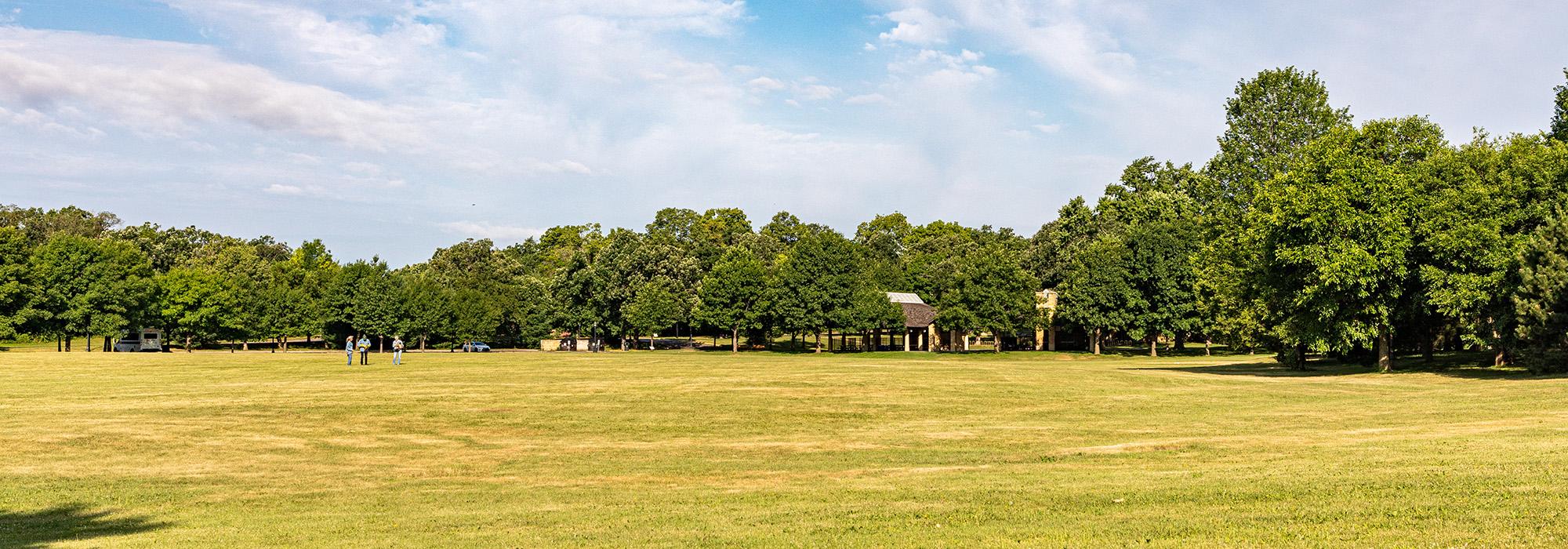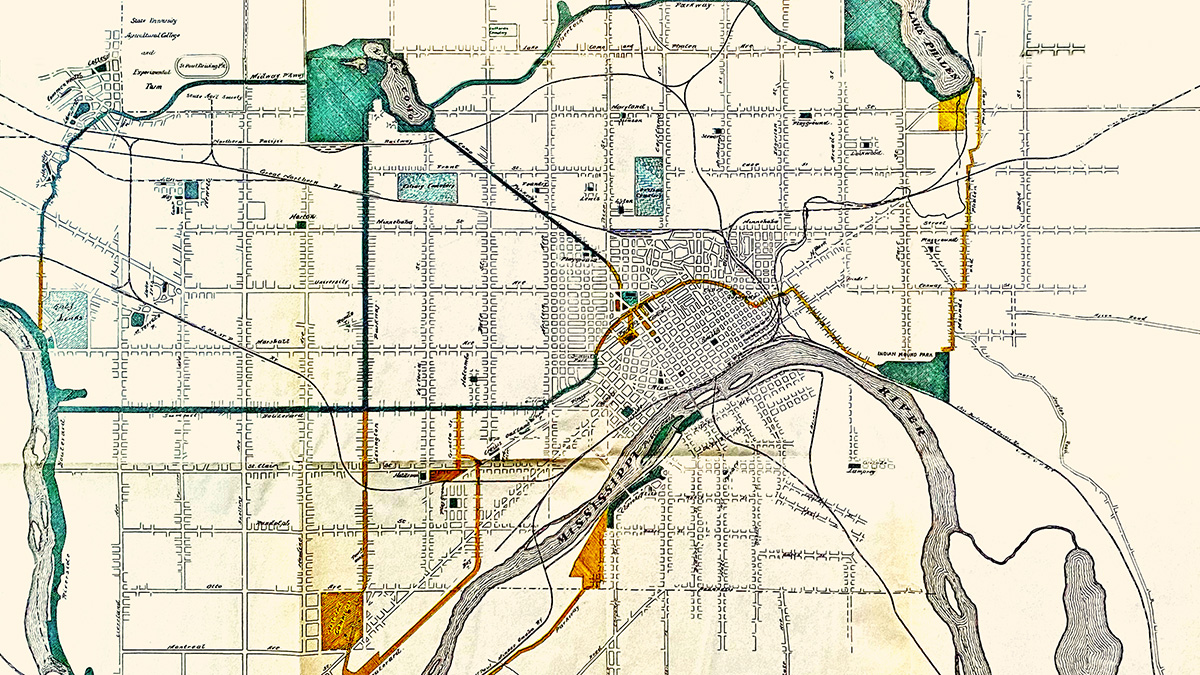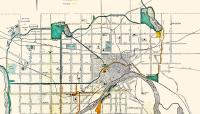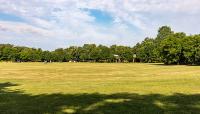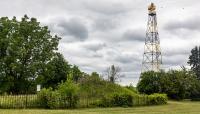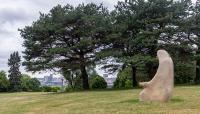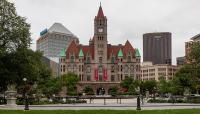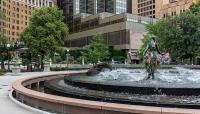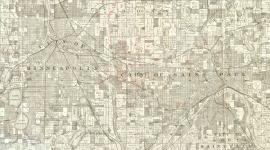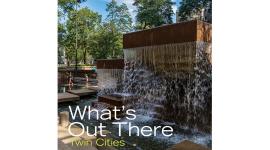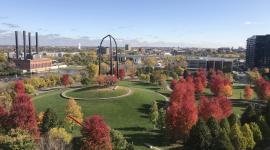Landscape Information
The city of St. Paul hired H.W.S. Cleveland as a consultant for various projects, but he was considered by some to be “a Minneapolis man.” His work for St. Paul ended when Frederick Nussbaumer was elevated to superintendent of the city’s park system in 1891 after working for four years as a gardener in Como Park. He served in that position until 1922.
Nussbaumer advanced Cleveland’s vision for a parkway encircling St. Paul, which became the 27-mile Grand Round, depicted on his 1909 plan. In his first decade as superintendent, Nussbaum advocated for boulevards linking Como, Phalen, and Indian Mounds Parks in northern St. Paul. Midway Parkway, running west of Como Park to the fairgrounds, was also developed during this period. Midway and Como Avenue were initially envisioned as part of a parkway connecting the State Capitol and the parkway system of Minneapolis. Lake Phalen was added to the Grand Round with a 105-acre acquisition by 1896. At that time the popularity of bicycling led the park commissioners to add provisions for bicycle paths into parkway planning.
Nussbaumer was fortunate in having a patron, Joseph Wheelock, as a member of the park commission from 1893 until his death in 1906. Wheelock was instrumental in advocating for the acquisition of the Mississippi River Boulevard between the city’s northern boundary and the Seventh Street Bridge. The parkway between Lakes Como and Phalen was named in his honor. Pelham Boulevard, originally Como-River Boulevard, opened in 1911, and plans for Johnson Parkway between Lake Phalen and Indian Mounds Park were developed in 1912 and implemented in subsequent decades.



